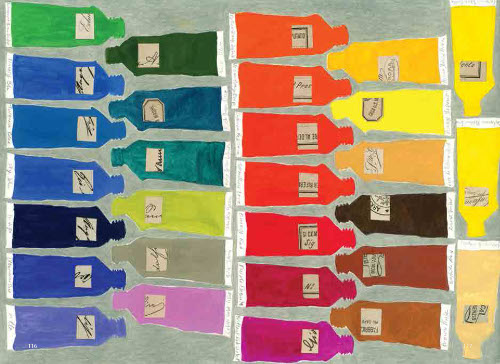7-Imp’s 7 Kicks #375: Featuring Manuel Monroy
 Sunday, March 30th, 2014
Sunday, March 30th, 2014
(Click to enlarge spread)
Today’s featured book won’t be out till June. Yes, June! Sorry to be posting about it so early — I try not to make a habit of this.
Why Are You Doing That? (Groundwood Books) is a picture book for very young readers, written by Elisa Amado and illustrated by Manuel Monroy. Elisa is an author and translator, born in Guatemala. Manuel is one of Mexico’s most celebrated illustrators. It’s a companion to their first picture book, What Are You Doing? (2011).
In this book, a young boy, named Chepito, explores his environment one morning—from his mother, cooking breakfast, to his neighbors, flattening dough and milking cows and feeding chickens—all the while asking in his sing-song way (as if he’s a bird), “Why are you doing that … What for? What for?” All the patient, accommodating adults answer him; this is a gentle read about curiosity and rural communities and not only where food comes from, but also how we nurture our bodies and the animals that feed us. It even closes with a short glossary. Read the rest of this entry �
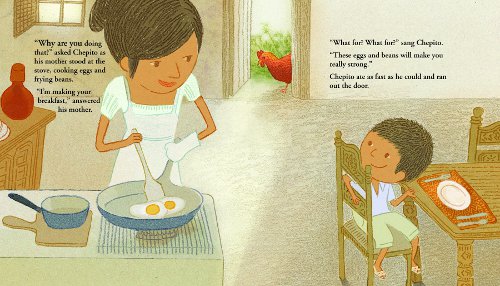
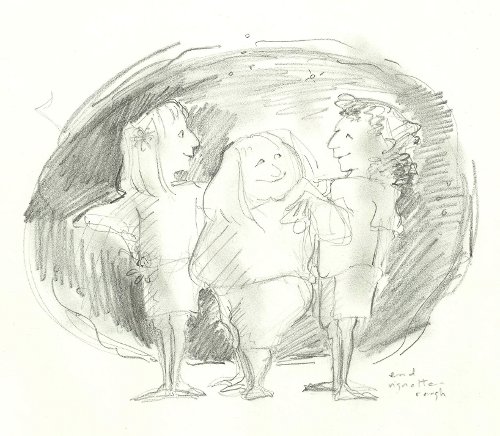
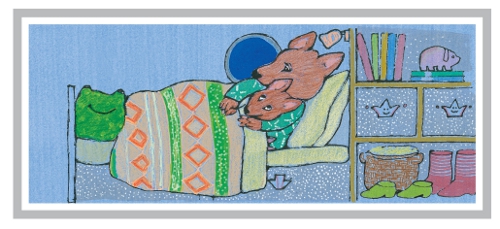
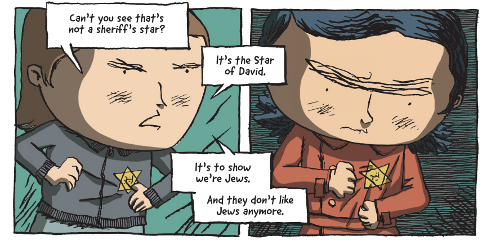
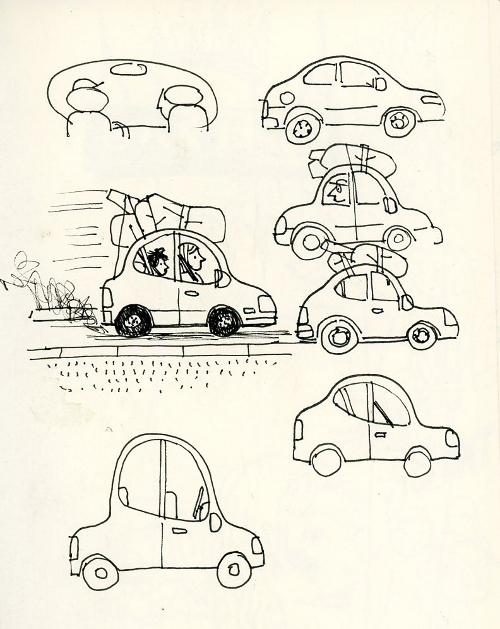
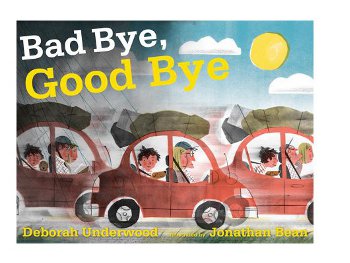 it’s a wonderful picture book with a spare, rhyming text about the range of emotions children can feel when moving away from friends to a new home in a new location. The book’s strength, writes the Kirkus review, “is in the emotional journey that’s expressed with a raw honesty.” It’s true, oh-so true. Look closely, if you get a copy of this in early April, when it’s released. The boy whose family is moving rages on the day they get in the car to drive away. Be still, my heart. (No fear. Things are looking up for him at the book’s close.)
it’s a wonderful picture book with a spare, rhyming text about the range of emotions children can feel when moving away from friends to a new home in a new location. The book’s strength, writes the Kirkus review, “is in the emotional journey that’s expressed with a raw honesty.” It’s true, oh-so true. Look closely, if you get a copy of this in early April, when it’s released. The boy whose family is moving rages on the day they get in the car to drive away. Be still, my heart. (No fear. Things are looking up for him at the book’s close.)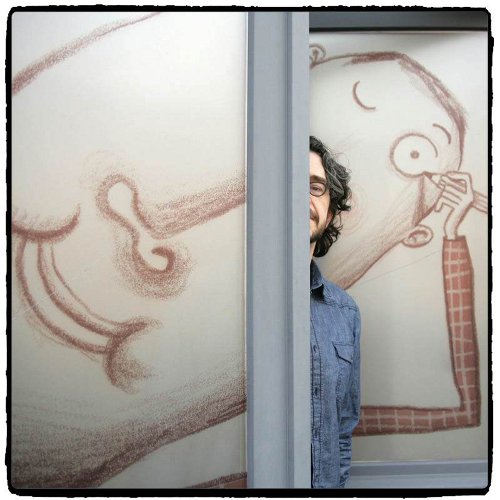
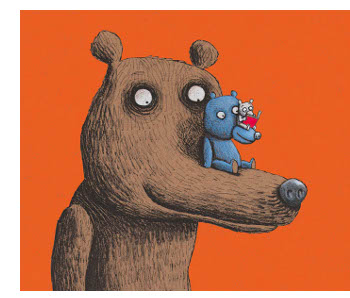 breakfast in person. I WISH. I’d be game for a children’s-lit version of Jerry Seinfeld’s
breakfast in person. I WISH. I’d be game for a children’s-lit version of Jerry Seinfeld’s 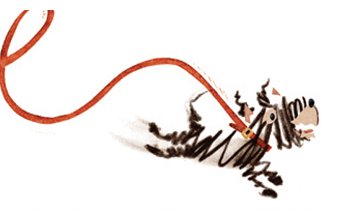 This morning, we’re going to meet a dog, who is—in the words of illustrator
This morning, we’re going to meet a dog, who is—in the words of illustrator 
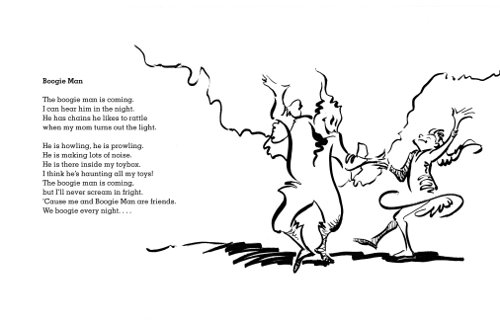
 “Marc Lizano and I were wondering about our roles as fathers in the duty of remembrance. We are fathers and we are also authors. Soon enough, we wondered about our roles as authors in passing on the memory of things. We started from a principle that knowing past events can help to avoid repeating them.”
“Marc Lizano and I were wondering about our roles as fathers in the duty of remembrance. We are fathers and we are also authors. Soon enough, we wondered about our roles as authors in passing on the memory of things. We started from a principle that knowing past events can help to avoid repeating them.”